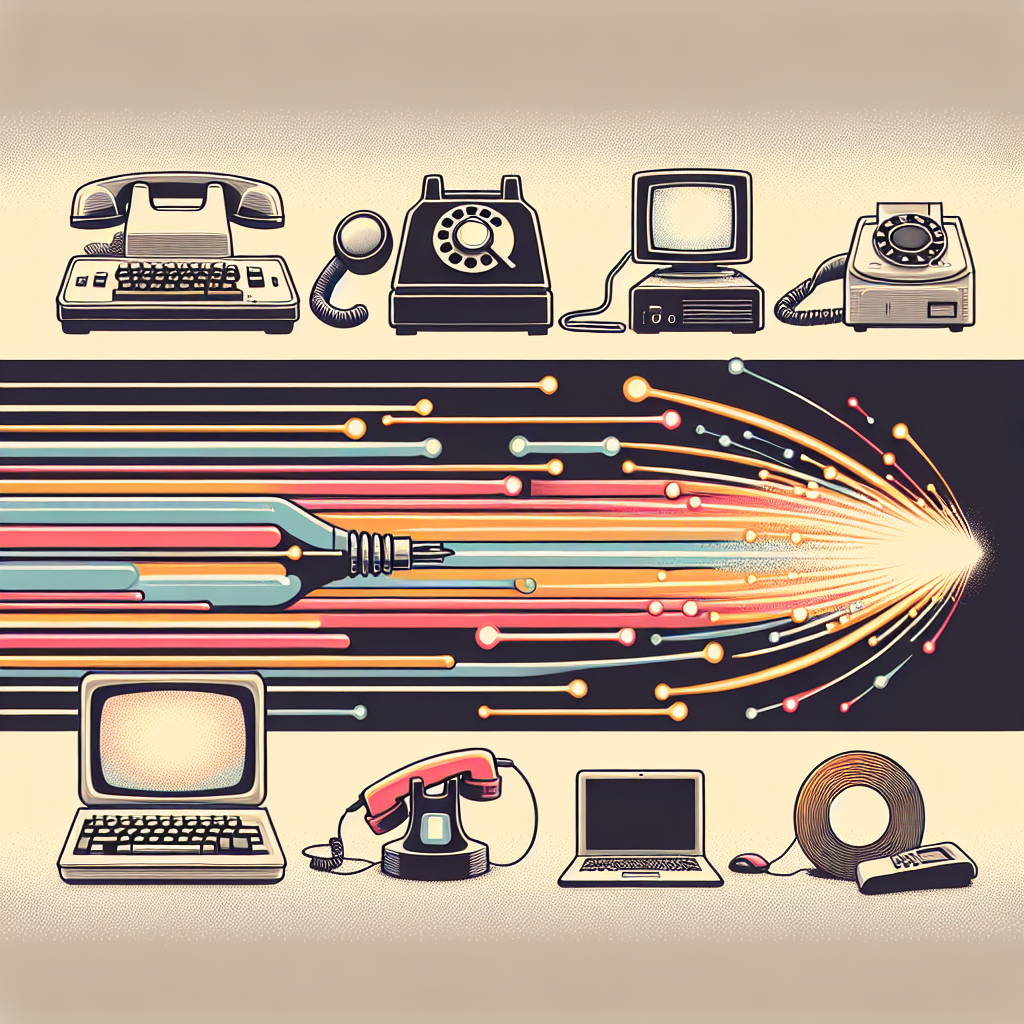The Evolution of Data Transfer Rates: From Dial-Up to Fiber Optic
In the early days of the internet, dial-up connections were the norm. These connections were slow, with data transfer rates typically maxing out at 56 kbps. This meant that downloading a simple image or webpage could take several minutes, and streaming video or music was out of the question.
As technology advanced, so did data transfer rates. The introduction of broadband internet, which includes DSL and cable connections, significantly increased data transfer speeds. DSL connections typically offer speeds up to 25 Mbps, while cable connections can reach speeds of 100 Mbps or more. This allowed for faster downloads, smoother streaming, and overall improved internet performance.
However, the real game-changer in data transfer rates came with the introduction of fiber optic internet. Fiber optic connections use light signals to transmit data, allowing for much faster speeds than traditional copper wire connections. Fiber optic internet can offer speeds up to 1 Gbps (1000 Mbps) or even higher, making it the fastest and most reliable internet connection available.
With fiber optic internet, downloading large files, streaming 4K video, and online gaming are all seamless and lag-free experiences. Fiber optic internet has revolutionized the way we use the internet, enabling new technologies and applications that were previously not possible due to slow data transfer rates.
The evolution of data transfer rates from dial-up to fiber optic has transformed the way we communicate, work, and entertain ourselves online. As technology continues to advance, we can expect data transfer rates to continue to increase, opening up even more possibilities for what we can do online. Whether it’s downloading movies in seconds or connecting with people halfway across the world in real-time, faster data transfer rates are shaping the future of the internet.


Leave a Reply